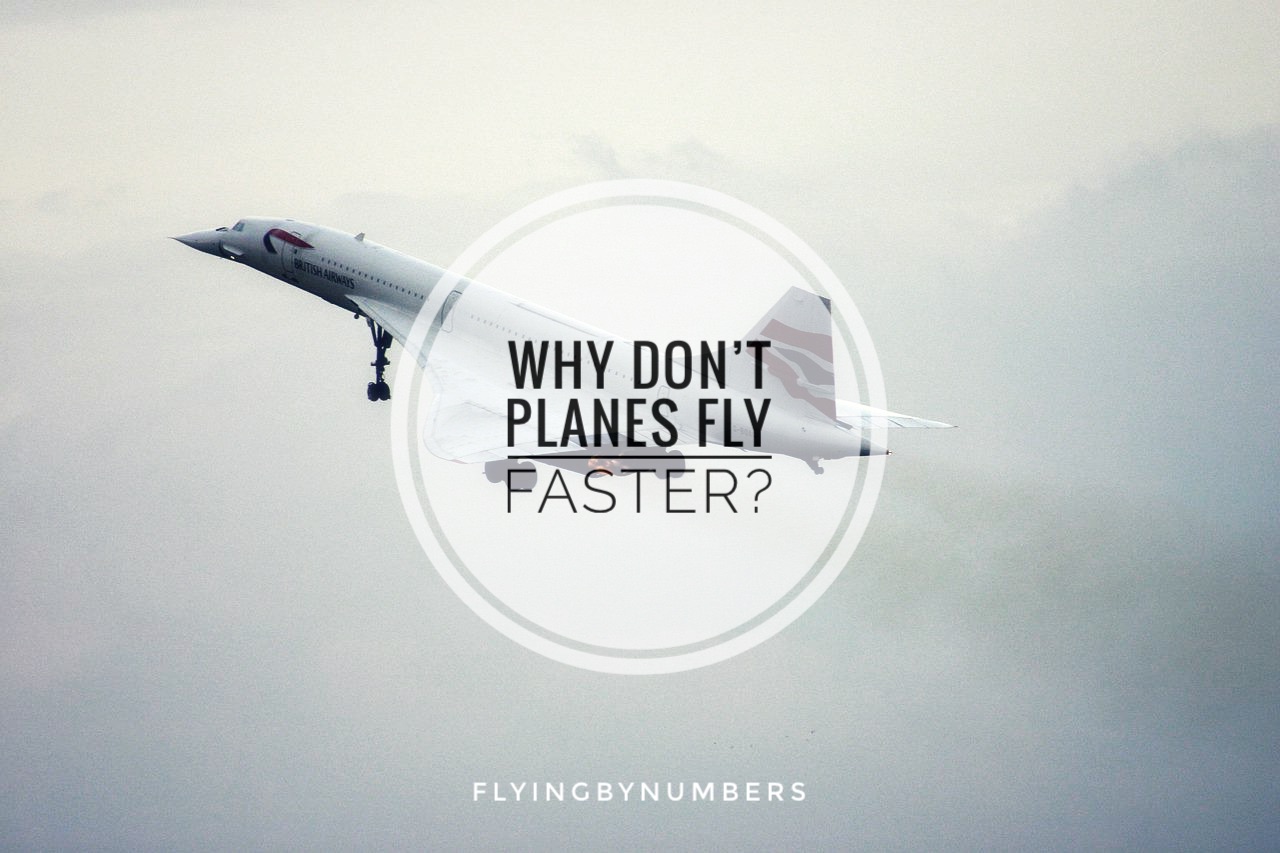If you’ve been keeping an eye on flight schedules over the past 40 years (who hasn’t?!) you might have noticed three things:
- The types of aircraft flying the routes have changed substantially.
- The number of flights has exploded.
- The journey times have stayed the same.
In fact, many flight times have actually got slower.
So, why don’t planes go faster? It seems like with all the technological advances we’ve made over the years, planes should be able to fly much faster than they do. But even with new aircraft models, the journey times seem to stay about the same.
What’s stopping them? And, finally, will aeroplanes ever get faster in the future? Read on to find out!
Why don’t planes go faster? 3 key reasons
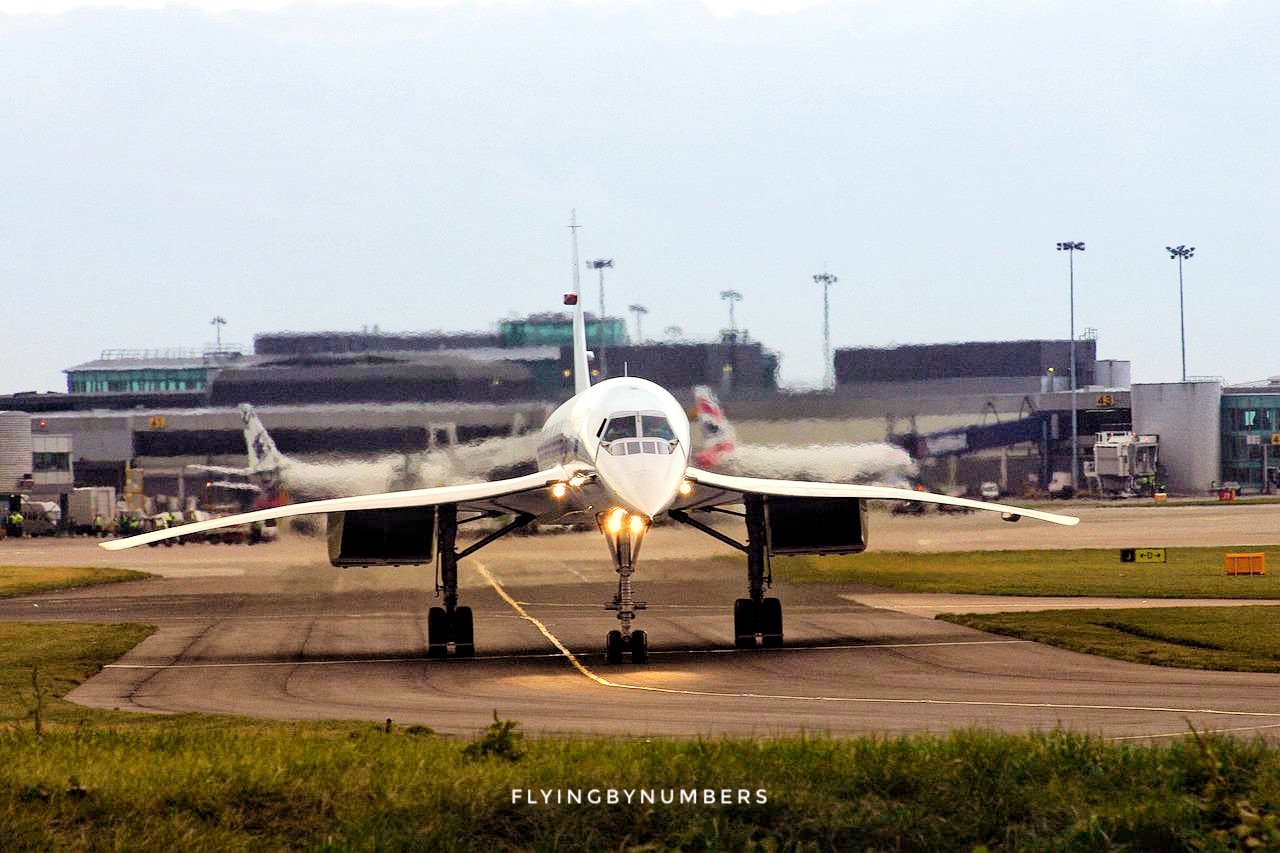
The physics problem: Transonic regime
The first reason — aircraft designers are fighting against physics. Early aircraft designers continued to increase the speed of aircraft through development of more and more powerful engines. Until they hit a problem, the speed of sound.
When an aircraft is travelling at subsonic speeds (under the speed of sound), the flow of air around the plane is relatively smooth. But as the plane approaches the speed of sound, things start to change.
While the aircraft itself may be travelling less than the speed of sound, the air going around the aircraft exceeds the speed of sound at some locations on the aircraft.
Transonic Flow — NASA
This “transonic regime” with very high drag, is typically defined as between Mach 0.8–1.2.
To overcome this drag, the plane has to use more power, which makes it less efficient. As a result, it’s no surprise to see that the average commercial aircraft cruises at around Mach 0.8!
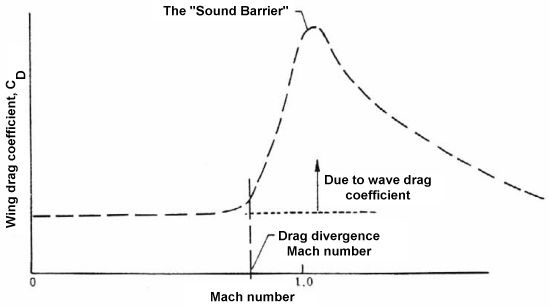
Which leads us neatly onto the next problem…
The economic problem: Cost and efficiency
With modern aerodynamics, aircraft can fly faster than Mach 0.80. There are many aerodynamic tricks that aircraft designers use to ensure that airflow stays subsonic for as long as possible, and avoid the huge drag penalties that arise when breaking the sound barrier.
One method aircraft designers found for reducing drag when approaching the speed of sound was wing sweep.
Wing sweep is primarily used on aircraft that fly in the transonic and supersonic regions. The sweep has the effect of delaying the formation of shock waves on the surface of the wing caused by the compressibility of air at high speeds. The ability to delay the formation of the shock waves has a dramatic positive effect on the total drag produced by the aircraft as it approaches Mach 1.
Sweep Angle — Aerotoolbox
As a result, the Boeing 747 — first designed back in the 1960s! — has a wing sweep of 37.5 degrees. In fact, it remains the fastest cruising commercial aircraft, despite being designed 50+ years before the first flights of more modern passenger aircraft.
So, why do the newest models, such as the Airbus A350 or the Boeing 787 only have wing sweep angles of 32 degrees respectively? This second reason for slowing aircraft down is cost and efficiency.
Even though newer aircraft models are designed to be more fuel-efficient, they still use a lot of fuel, and the faster a plane goes, the more fuel it uses.

Airlines are highly sensitive to fuel price increases. Fuel costs make up 20-25% of total costs in the current market, and can sometimes exceed 30%.
Soaring fuel prices complicate aviation sector’s recovery
Therefore, although airlines would love to be able to cut flight times and get you to your destination faster, they have to weigh up the cost of doing so. For most airlines, it’s just not economically viable to fly any faster than they currently do.
The sonic boom problem: Supersonic shockwaves

Once aircraft punch far enough through the sound barrier, drag begins to fall off again, and flight becomes more efficient. Quite dramatically. So, why don’t more aircraft fly supersonic?
To date, the only successful commercial aircraft flying supersonically was Concorde. Operated by Air France and British Airways, the supersonic carrier retired nearly two decades ago in 2003. With modern technology, a more efficient and cost-effective supersonic airliner should be possible. But there’s one problem nobody has found a solution to. The sonic boom.
When an aircraft breaks the sound barrier, it creates a giant shockwave known as a sonic boom. This earth-shatteringly loud noise can be heard for miles around, and aircraft flying supersonic nearby have set off car alarms, prompted 999 calls, and even smashed windows.
Here’s an old video of two Air Force planes creating a supersonic boom in Brazil that managed to smash nearly all the windows in the Supreme Court.
So even though planes could technically fly faster than they do, the sonic boom is still a major concern. In fact, due to the disruption on the ground, Concorde rarely flew supersonic on routes overland.
Concorde could ‘Supercruise’ at Mach 2, twice the speed of sound, causing a noise like a thunderclap to be heard on the ground. It was why Concorde mostly flew supersonically while crossing water, and had a limited number of regular destinations that were rarely notably distant from the coast.
Concorde pushed the limits — National Geographic
Will airplanes ever get faster?
The short answer: Probably not in the near future.
Even though there are some technological advances being made that could potentially help overcome some problems with faster flight, it’s unlikely that we will see any major changes in the near future.
Why? Well, because of the dominant cost of fuel in the aviation industry, it makes little economic sense to squeeze ever closer to the speed of sound at huge additional fuel expense.
In addition, there are huge social pressures on the aviation industry to reduce its carbon emissions. This pressure, coupled with the airlines’ demand for ever more cost-effective flying, means it could be argued that modern aircraft are more likely to be slower than to speed up!
What about supersonic flight? There are supersonic commercial aircraft under development, arguably the most advanced is Boom Supersonic. Boom are attempting to design an aircraft that cruises at mach 1.7 by 2026, and made headlines by receiving a tentative order from United Airlines for 18 aircraft. Others are even more ambitious, with Hermeus aiming to have a passenger aircraft flying at 5 times the speed of sound by 2029!
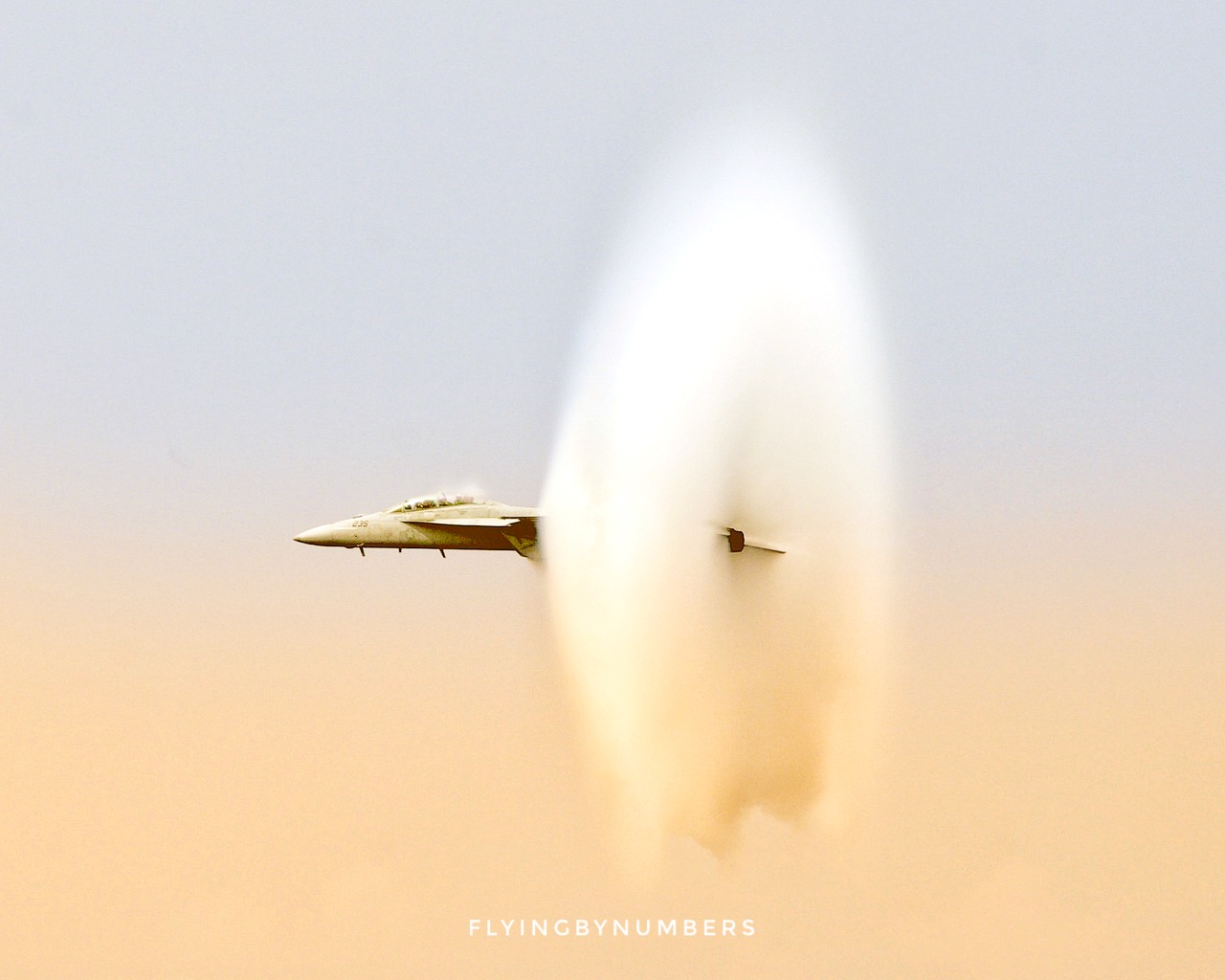
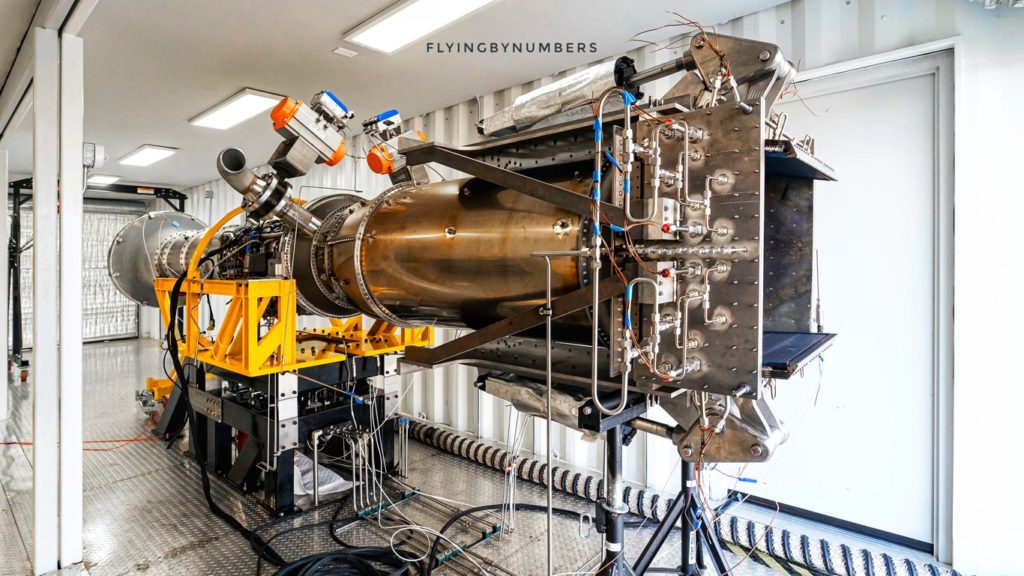
Hermeus’s mach 5 prototype aircraft engine currently under development
However, a key issue with many supersonic passenger transport aircraft, is that the noise nuisance from the sonic boom typically prohibits them from flying at supersonic speeds over populated areas. This restricts the fastest flights to over water, reducing the optimal route network.
In addition, the extra development costs of supersonic aircraft, alongside narrow cabin widths, and the higher fuel burn requires significant initial investment and significantly higher ongoing costs. With these extra costs come higher ticket prices, further reducing the target audience, and making operating supersonic airliners a very niche prospect.
Summary
If you’ve read our article on how fast commercial aircraft fly, and wonder why aircraft don’t fly faster, hopefully this post has provided some of the answers!
While two of the three main reasons planes don’t go faster involve physics, it could be argued that the largest obstacle is cost. A supersonic commercial airliner already existed several decades ago, but the considerable expense of keeping it running essentially lead to its early retirement.
That doesn’t mean that supersonic commercial aircraft won’t exist in the future, and contenders like Boom Supersonic and Hermeus are certainly hoping to change things by the end of the decade.
However, every new promising supersonic aircraft since Concordes retirement in 2003 has yet to make its mark. Just ask the manufacturers of the now bust, Quiet Supersonic Transport, Japan’s failed Zero Emission Hyper Sonic Transport project, or even the bankrupt supersonic business jet Aerion.
Our view: It’s unlikely we will see supersonic commercial aircraft in the next decade
